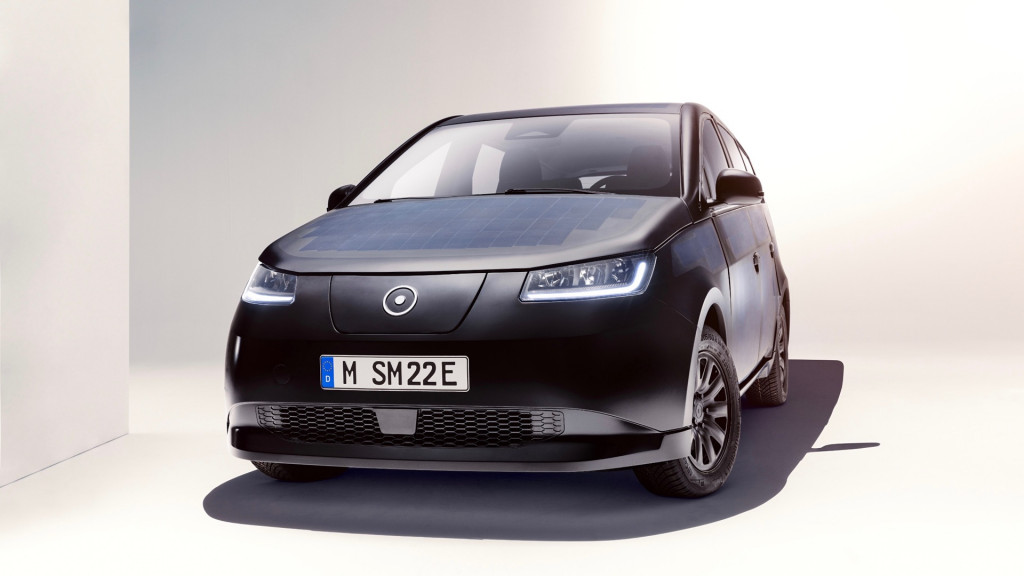With AI now the technology of the moment in Silicon Valley, researchers have applied it to the problem of solar power for EVs, using a virtual model to govern when power from a solar array is used to drive motors or charge battery packs.
As documented in a recent conference paper, researchers from Odisha University of Technology and Research in India employed a model to optimize a solar array's output and allow an electric motor to operate at 88% efficiency, compared to the 75%-80% efficiency of most motors. Researchers see solar-powered electric motors being used not only in EVs, but also industrial machines and household appliances.

Waitlist announced for Lightyear 2 solar car due in 2025.
Solar cells have a maximum power output, but don't always reach it due to variables like temperature and available sunlight. Changing the resistance of the cells can boost the amount of power outputted, though, so researchers trained an AI model to determine the optimum resistance in varying conditions by inputting thousands of daily temperature and solar irradiation measurements.
These calculations are then used to control the ideal behavior of the motor, regenerative braking, and battery pack. If it's sunny out and the solar cells can output maximum power, they're used to power the motor, with excess power sent to the pack; if it's dark, the powertrain switches to conventional EV operation, using the battery pack to power the motor and regenerative braking to replenish it where possible.
This is purely research, but perhaps it might be useful for future generations of solar cars that will need to make the most of the full range of lighting conditions.

Sono Sion production model
While there have been several high-profile solar-car attempts, none have made it fully to the market. Lightyear is regrouping toward its mass-market model, the Lightyear 2, originally set for 2025. This follows the cancellation of the Lightyear 0, which the company claimed had the most efficient production powertrain in the world.
Sono planned to use every body panel for solar in its Sion EV, but that project has gone dark as Sono switches focus to solar upfits for buses and trucks.

Solar Roof System in 2020 Hyundai Sonata Hybrid - Portland OR, April 2020
Otherwise, implementation of solar panels on new cars is minimal. The Hyundai Sonata Hybrid and the latest Toyota Prius Prime are both offered with solar roofs, which provide a supplemental battery charge but don't actually help propel the vehicles. Fisker has also made a solar roof a design feature of the recently launched Ocean electric SUV, and the upcoming Pear.












